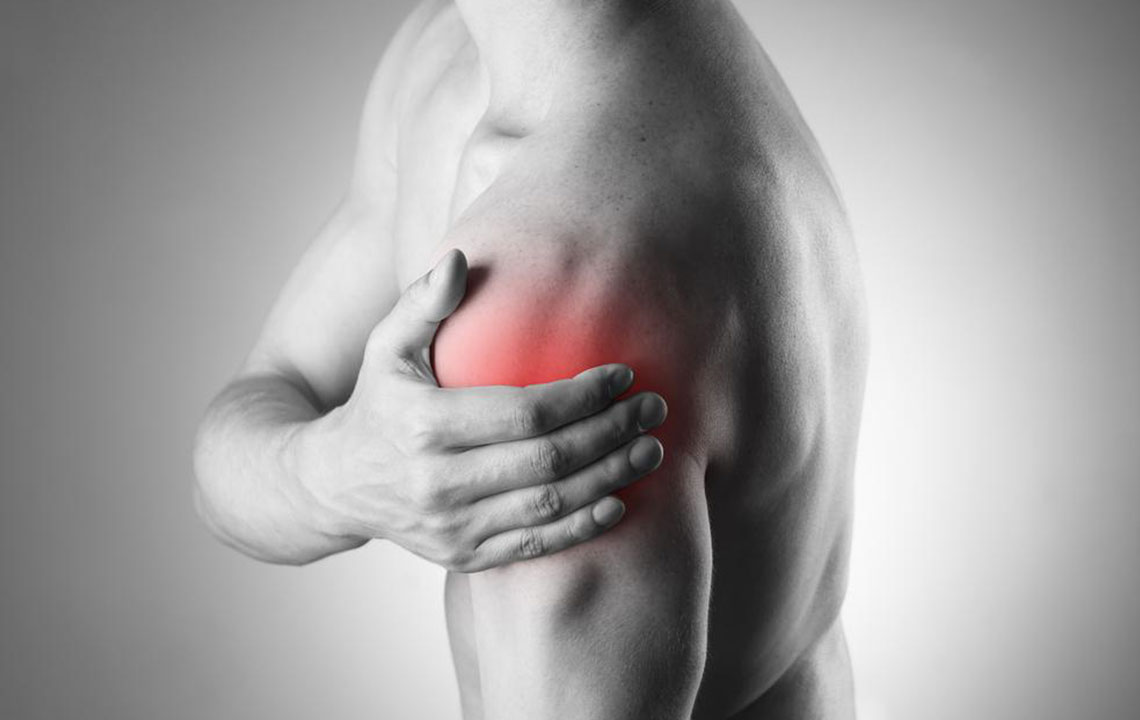A Guide to Effective Rotator Cuff Injury Treatment

What is a rotator cuff injury?
Rotator cuff injury occurs when the muscles and their tendons, in the shoulder get inflamed or irritated. A rotator cuff is a group of four muscles that play a vital role in stabilizing the shoulder and regulating its’ movement.
Rotator cuff injury may occur either due to impingement (the swelling of rotator cuff muscle or due to a tear), or when the rotator cuff muscle or the tendon gets torn. The swelling or the tear may either result due to an injury, constant pressure over the shoulder muscles, or due to aging.
The symptoms of rotator cuff injury include pain, swelling, and stiffness in the arm and shoulder area, weakness, inability to carry any weight. Also, you might notice a clicking sound when you raise your arm and feel pain whenever the arm is put to work.
Rotator cuff injury treatment
Once you are certain that the rotator cuff is the reason for uneasiness in your shoulder joint, the following treatments can be considered:
- RICE Technique : Try adopting the RICE technique, after an injury to the shoulder joint. RICE stands for Rest, Ice, Compression, and Elevation. This is the initial treatment that’s recommended for treating rotator cuff injury.
- Rest : Rest is the best remedy for treating rotator cuff injury. You should rest for a while and restrict yourself from any activity involving the shoulder or the arm, so the problem settles rather than getting elevated.
- Ice : Apply the ice pack on the shoulder area where the problem exists, to reduce the pain or swelling. Apply the ice pack for 10-15 minutes, and repeat it at least twice a day.
- Compression : Wrap around a crepe bandage on the painful area, which helps in reducing both the pain and the swelling. Wrap the bandage loosely, so that the blood circulation doesn’t get affected.
- Elevation : Elevate the area where the injury exists, while applying an ice pack or even when you are lying down. Maintain the level of elevation on your heart, or above it for better results.
In case RICE technique is ineffective, and the injury seems to be severe, consider the following treatment options:
- Injections : A steroid injection in the shoulder joint is a standard treatment for rotator cuff injury. Injections are recommended if the pain due to injury is restricting you from carrying out daily activities. Injections may be helpful in reducing inflammation, but you should not be dependent on them, as they can weaken the tendons.
- Psychotherapy : This is a viable option for rotator cuff injury treatment, as this involves some physical exercises that eventually helps in reducing the problem to a great extent. Such exercises include—stretching the shoulder back, pendulum exercise, wall stretches, wall push-ups, arms reach and doorway stretching. These exercises help in increasing the strength and flexibility of the shoulder joint.
Surgery
When no other option seems helpful, surgery is the last resort. However, there are a number of surgeries for rotator cuff, some of them are:
- Arthroscopic Tendon repair : This is a pain-free process in which a minute camera, called arthroscope, is inserted through the small notches into the shoulder joint. They help to reattach the torn tendon to the upper arm bone again. Once the camera is inserted, it displays the images on the screen so that the problem can be accurately dealt with, using miniature tools.
- Open Tendon repair : In this type of surgery, a large cut is made in the shoulder joint, in order to reattach the tendon to the upper bone. This surgery takes time for recovery but is a recommended option in certain severe injury cases.
- Tendon Transfer : This is a surgery option that involves replacing the torn tendon with another tendon, in the adjoining areas. This option is viable when the torn tendon is injured beyond repair.
- Shoulder Replacement : In case the rotator cuff injury is severe, and beyond any kind of repair, Total Shoulder Arthroplasty (TSA) is the solution. In this surgery, the damaged joint ball, called the humeral head is replaced with a metal ball, and a smooth plastic surface is placed over the socket, called the glenoid.
- Reverse Shoulder replacement : This is a recently devised method for treating rotator cuff injury, and is known as Reverse Total Shoulder Arthroplasty (RTSA).
In this type of surgery, the surgeon takes out the rounded head of the upper arm bone, and with the use of screws and surgical tools, a plastic socket is fixed to the remaining bone. A fraction of the socket, in the shoulder blade, is detached, which is in turn replaced with a metal ball.
Consult a doctor immediately if you have injured your rotator cuff to get the correct rotator cuff injury treatment.


